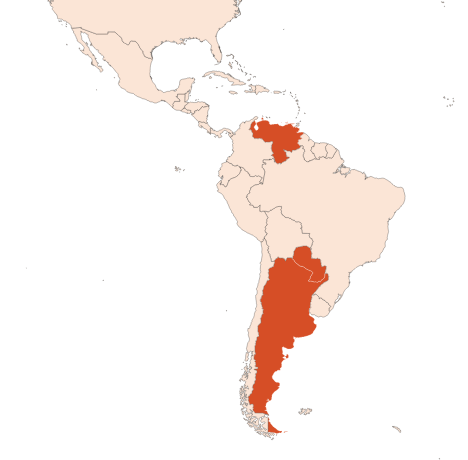
| Company | Ingredient Name | ID | Comments | Naturality | Certifications | Purity | Latin name | Treated part | Geographical origin | MOQ |
|---|---|---|---|---|---|---|---|---|---|---|
|
|
Huile essentielle de bois de Gaïac - 30 gr | - |
Visit website
|
- | - | - | - | - | - |
General Presentation
-
CAS N° : 8016-23-7
-
EINECS number : 293-632-8
-
FEMA number : 2534
-
Appearance : Viscous yellow liquid
-
Density :
-
Volatility : Heart/Base
-
Price Range : €€
Physico-chemical properties
-
Optical rotation : Donnée indisponible
-
Vapor pressure : Donnée indisponible
-
Refractive Index @20°C : Donnée indisponible
-
Acid Value :
-
Flash Point :
Uses
Uses in perfumery :
Good fixator of heart notes. Used in rose, vanilla and sandalwood notes. Natural antioxidant. Its low price allows it to be used in soaps or detergents.
Major Components :
- Bulnesol (40-45%)
- Gaiacol (20-30%)
- Guaiol (25-30%)
- Gamma-Eudesmol (≈2%)
- Elemol (≈1%)

Photo credits: ScenTree SAS
Botanical name :
Gonopterodendron sarmientoi (Lorentz ex Griseb.) Godoy-Bürki
Synonyms : Bulnesia sarmientoi Lorentz ex Griseb. // Bulnesia sarmienti Lorentz
Botanical profile :
The Gaiac used in perfumery is a tree of the family Zygophyllacées and the genus Bulnesia.
Chemotypes :
The Gaiac wood used in perfumery is actually a ''false Gaiac ''.
The true genus associated with the Gaiac woods is the genus Guaiacum, including the Guaiacum officinale (or Palo Balsamo) and the Guaiacum sanctum (or Gaiac of the Bahamas), native to Central America.
Extraction process :
The gaiac or palo santo (the ''sacred wood '' in Spanish) can be up to 15 meters tall and grows in tropical forests of South America. The propagation of this tree is done by cuttings and it grows quite fast. In Paraguay, 170 tons of gaiac wood are collected each year for perfumery.
In perfumery, the Gaiac wood EO is extracted by hydro-distilling the bark, the branches and the chips, lasting up to 30 hours with a yield of up to 6%. A viscous, yellowish essential oil, which recrystallizes because it mainly consist of Guaiol (precursor of Gaiyl Acetate) and Bulnesol, is obtained.
The essential oil of Gaiac wood is sometimes acetylated. During this process, the alcohols of the oil are reacted with acetic anhydride to be esterified. Therefore, Gaiyl Acetate becomes the main compound of the acetylated essential oil.
Other comments :
In the past, palo santo wood was used in South America to practice fumigations as an offering to the gods. Nowadays, the exploitation and production of Gaiac wood is closely monitored because its cultivation and the intensive treatment that this specie has suffered has dangerously reduced the population.
Natural Guaiol can be obtained by recrystallizing Bulnesol, then Gaiyl acetate can be obtained by acetylation.
Stability :
Stable oil in perfumes and in diverse functional bases
Regulations & IFRA
Allergens :
This ingredient does not contain any allergen.
IFRA 51th :
This ingredient is restricted by the 51th amendment
Annexe I :
Some regulated synthetic ingredients are found in nature and in certain proportions in natural ingredients. This presence in nature has to be taken into account when calculating limits of use recommended by the IFRA. In case you do not know these concentrations, you can use the ones estimated by the IFRA. Here they are :
| List of regulated compounds contained in this ingredient | ||
|---|---|---|
| Regulated ingredient name | CAS N° | Estimated Concentration |
| Isoeugenyl acetate | 93-29-8 | 0,12 |


